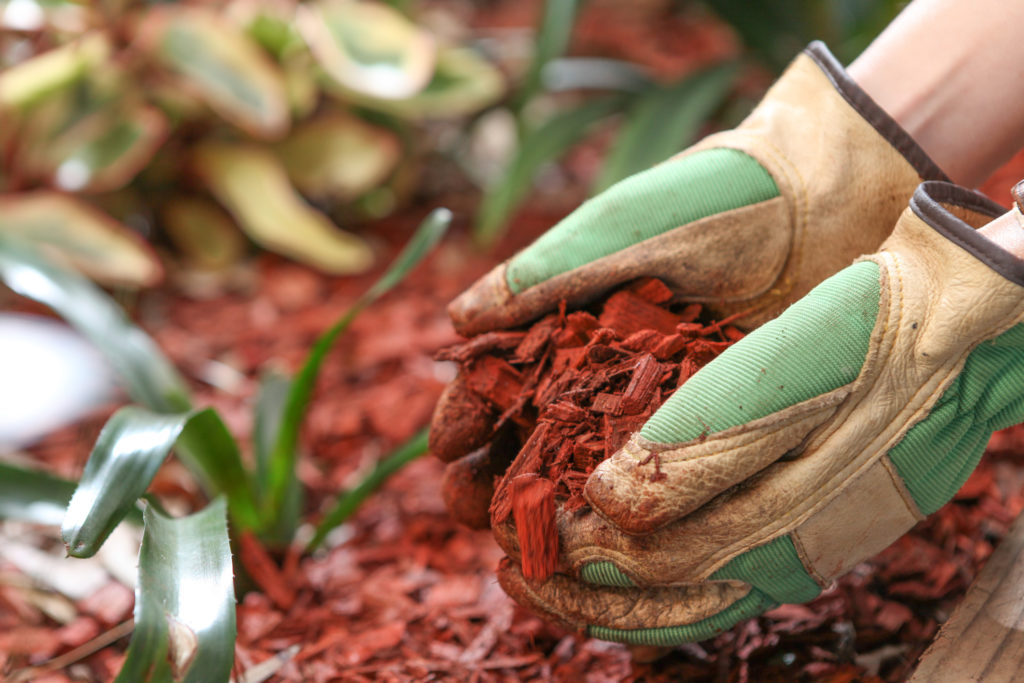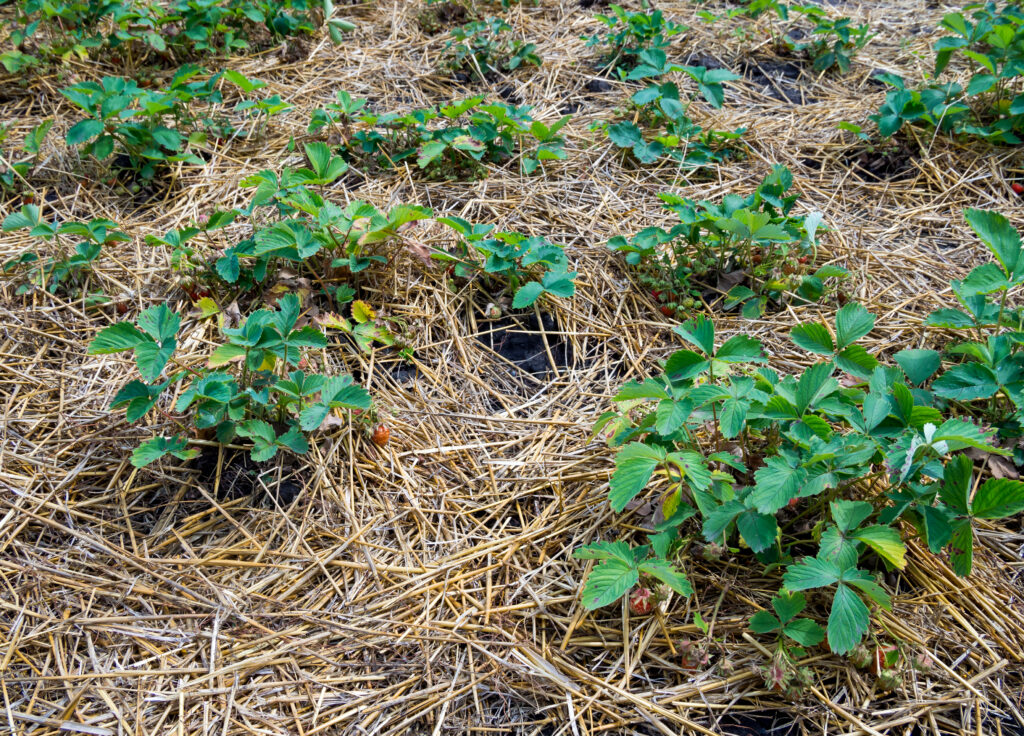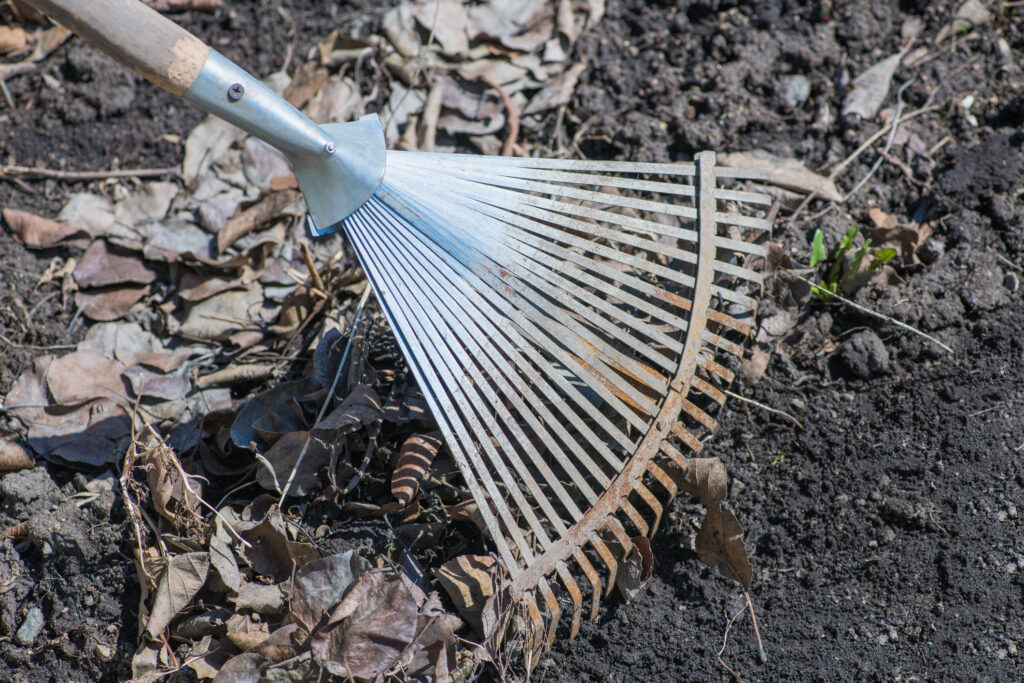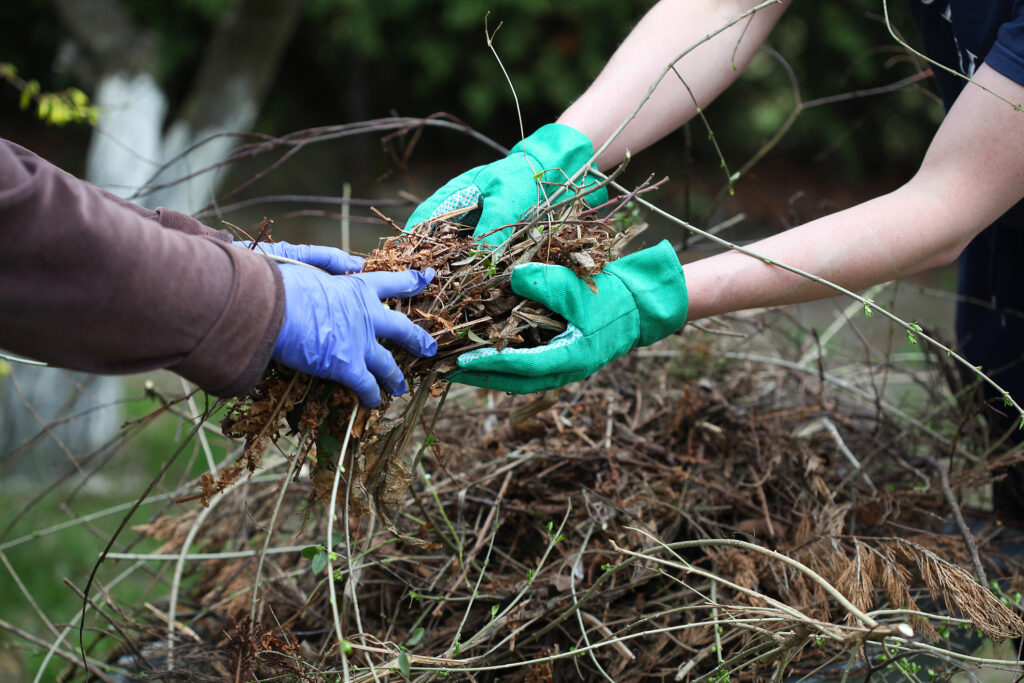
When you have had 10 days or more of below 30° degree nights, what could possibly be left to do in the garden except dispose of dead plants and flowers. Oh, don’t you worry, we’ll find more work for you.
Frost Loving Vegetables

Perhaps you are fortunate enough to be in an area where you are still babying a good flush of frost hardy veggies. Arugula, beets, broccoli, brussels sprouts, cabbage, carrots, cauliflower, kale, onions, radish, swiss chard, spinach, and turnips are all stalwart against early frosts. Kale, cabbage, chard, arugula, and brussels sprouts for sure, convert their bitter tannins and take on a sweeter flavor due to a frost. These are best left to suffer the onset of early winter.
Mulching Saves Lives

Plunging nighttime temperatures can be regulated somewhat by mulching and keeping the soil evenly moist like you should be practicing anyway. Of course, root-type veggies are safer from hard frosts than leafy types. It may seem counterintuitive but watering prior to a hard frost can be enough to keep plants from ultimate death because just a bit of elevated humidity around the plants can protect them.
Mulching perennial vegetables and fruits like strawberries should also be on your “To Do” list now.
Tips For Mulching Perennial Vegetables & Fruits

- Asparagus ferns will turn brown and go dormant when they are killed by the first frosts. Cut dormant or fallen ferns off nearest to the ground and lightly rake up or use the leaf blower to clean up the remaining debris. Also, do your due diligence to dig out any signs of problematic perennial weeds. In a few weeks after the ground has frozen, mulch over the entire asparagus bed with 4 to 6 inches of mulch, which could be clean straw, chopped leaves, or pine needles. Bear in mind that the mulch added in the fall will need to be removed when spring arrives. If not, the spring spears could grow crooked.
- Don’t neglect your rhubarb. It is easy for gardeners to take rhubarb for granted because it will grow so faithfully for years, however, rhubarb clumps should be divided at least every 3 to 5 years. Maybe more frequently if it grows very robustly for you. It is best to divide from the center out. That way the tubers on the outside edges do not get disturbed. Regardless of plants needing to be divided or not, rhubarb roots should be side dressed with a few inches of leaf compost or aged manure.
- Strawberries need to be covered too but don’t rush it. Strawberry plants covered too early, which means prior to going fully dormant, will have weaker berry production the following season. They can tolerate some hard freezes. You should cover plants when the ground is frozen to a ½ inch depth. Use 4 to 6 inches of clean straw, which is best for many reasons, but you could use pine needles or marsh hay if you have access. Chopped leaves could also be used but know that they could harbor unwanted fungal pathogens. Never use full or whole tree leaves. The mat and cause damage by smothering the strawberry crowns.
- Other perennial, woody fruit-bearing plants will also benefit from a good winter side-dressing of mulch. Raspberries, blackberries, blueberries, grapes, elderberry, and others can all be mulched with the same 4 to 6 inches of straw, shredded bark, wood chips, or marsh hay. Again, it is critical to wait for at least two consecutive hard freezes (29°F or lower) before attacking your mulching project for these types of plants. Make sure to keep the mulch back and away from the main trunks by at least 2 inches to allow adequate oxygen to the crown of the plant. Remember, this mulching exercise is to help keep the root zone evenly moist and to keep it cold, not warm. Mulching prevents possible damage from freezing and thawing episodes during the plant’s dormancy period.
End-Of-Season Garden Clean-Up

When we speak of edible vegetable gardens, the most important thing to do this fall is to protect next year’s plants from damaging and deadly diseases. Most fungal and bacterial pathogens can live on pieces of over-wintered garden plant debris. Cleaning up is never fun, but it’s essential!
We have said it before, “The happiest gardeners are the cleanest gardeners.”
Garden Clean-up Tips

- Pull out all old dead or recently frozen plants.
- Rake up and pick up as much left-over debris as possible.
- If any of your plants have died or are suspected to have died from the disease in the garden this year, DO NOT compost those. Put them in a separate burn pile.
- Once you have bare ground add 4 to 6 inches of fresh compost or well-aged manure over the entire garden area.
- If plants had a high incidence of nutrient imbalance issues this past year, you may want to add 10-10-10 fertilizer at a rate of 3 to 5 lbs. per 100 sq. ft. Then cover all of that with some clean straw or 1 to 2 inches of grass clippings

Some of your happiness for next season’s vegetable garden starts now. Be diligent with your end-of-season chores and you may very well be able to prevent damaging and distressing diseases on plants in next year’s garden.
Want to add a splash of color this Christmas? Check out our Poinsettia Care & Growing Guide.
